International
Trump sues New York Times for $10 billion over ‘false and defamatory statements’
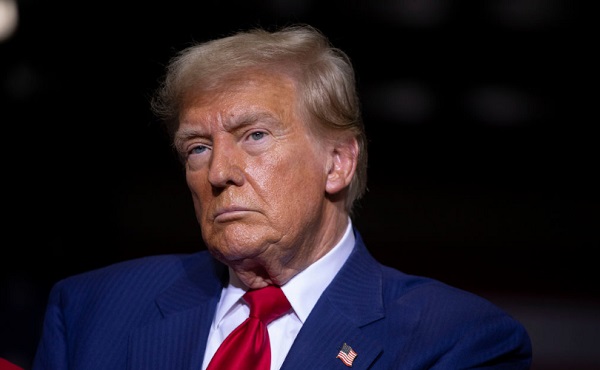
From LifeSiteNews
A letter from President-elect Donald Trump’s attorney accuses the New York Times of being ‘a full-throated mouthpiece of the Democratic Party’ that uses ‘industrial-scale libel against political opponents.’
President-elect Donald Trump’s attorney has sent a letter to the New York Times (NYT) and book publisher Penguin Random House (PRH) demanding $10 billion in damages over “false and defamatory statements.”
The letter reportedly arrived a few days before the presidential election but has just recently come to light.
“There was a time, long ago, when the New York Times was considered the ‘newspaper of record,” wrote Trump’s attorney, Edward Andrew Paltzik, according to the Columbia Journalism Review (CJR), which reviewed the 10-page letter. “Those halcyon days have passed.”
The letter accuses the NYT of being “a full-throated mouthpiece of the Democratic Party” that uses “industrial-scale libel against political opponents.”
According to CJR, the letter singles out two stories co-authored by Susanne Craig and Russ Buettner “that related to their book on Trump and his financial dealings, Lucky Loser: How Donald Trump Squandered His Father’s Fortune and Created the Illusion of Success, released on September 17.”
The letter also called attention to an October story headlined “For Trump, a Lifetime of Scandals Heads Toward a Moment of Judgment” by Peter Baker and an October 22 article by Michael S. Schmidt titled “As Election Nears, Kelly Warns Trump Would Rule Like a Dictator.”
Trump’s attorney alleges in his letter that the NYT had “every intention of defaming and disparaging the world-renowned Trump brand that consumers have long associated with excellence, luxury, and success in entertainment, hospitality, and real estate, among many other industries, as well as falsely and maliciously defaming and disparaging him as a candidate for the highest office in the United States.”
“Given the long list of well-known and historic business achievements by President Trump and his family, President Trump’s remarkable business, literary, media, and real estate achievements, and the fact that President Trump – and his life story – are the epitome of the American Dream and what it means to be an American patriot, as well as his lifelong support for America’s men and women in uniform, these defamatory statements are all the more despicable in their falsity,” states the letter to the NYT.
The NYT has reportedly referred Paltzik to PRH concerning the accusations stemming from Buettner and Craig’s book and that the newspaper stands by their reporting.
The NYT is not the only left-leaning media outlet being targeted by the president-elect’s attorneys.
The Trump campaign has also sued CBS for $10 billion over the network’s 60 Minutes October interview with Democrat presidential candidate Kamala Harris, alleging that the edited video report that was broadcast misled the public and unfairly disadvantaged the Republican candidate, amounting to election interference.
“To paper over Kamala’s ‘word salad’ weakness, CBS used its national platform on 60 Minutes to cross the line from the exercise of judgment in reporting to deceitful, deceptive manipulation of news,” the lawsuit alleges.
Trump’s attorney accused CBS of shifting “into overdrive to get Kamala elected,” and accused the network of “partisan and unlawful acts of voter interference through malicious, deceptive and substantial news distortion.”
The former and future president has had a long-standing feud with media outlets that have overwhelmingly published negative stories about him and his administration.
Shortly after his inauguration in 2017, President Trump declared that the press is “the enemy of the American people.”
Two years later, Trump reiterated that sentiment and said, “The press is doing everything within their power to fight the magnificence of the phrase, MAKE AMERICA GREAT AGAIN!”
illegal immigration
ICE raids California pot farm, uncovers illegal aliens and child labor

Quick Hit:
ICE raided a California cannabis farm Thursday suspected of employing illegal immigrants, uncovering 10 underage workers — including 8 unaccompanied minors. The operation sparked protests, but federal officials defended the action as a necessary crackdown on illegal labor and child exploitation.
Key Details:
- ICE agents executed a lawful raid at Glass House Farms in Camarillo, targeting illegal immigrant laborers employed at the state-licensed cannabis operation.
- Ten underage illegal immigrants were found working at the site — eight of them unaccompanied minors — prompting a federal investigation into potential child labor violations.
- Protesters attempted to interfere with the operation and were dispersed by federal agents using crowd control measures; multiple arrests and injuries were reported.
🚨BREAKING: ICE just swarmed Ventura County fields, hauling away the very farm workers who keep America’s produce aisles stocked.
We’re arresting assets; treating the backbone of our food chain like a threat. That’s not “border security.” That’s self-sabotage in uniform. pic.twitter.com/GgZvnXbVsd
— Brian Allen (@allenanalysis) July 10, 2025
Diving Deeper:
Federal immigration agents executed a large-scale raid Thursday at a cannabis farm in Camarillo, California, targeting illegal immigrant laborers and uncovering possible child labor violations. The operation, led by Immigration and Customs Enforcement (ICE), took place at Glass House Farms, a state-licensed marijuana facility that remains illegal under federal law.
Dozens of agents stormed the property with a federal warrant, encountering resistance from left-wing protesters who attempted to disrupt the operation. Agents responded with tear gas and smoke devices, and helicopters were deployed to ensure no suspects could flee or hide in nearby fields. Authorities later confirmed that 10 minors were working at the facility—eight of whom were unaccompanied illegal aliens.
Despite clear evidence of immigration and labor violations, California Democrats rushed to attack the enforcement action. Governor Gavin Newsom lashed out on social media, posting video of people running from the scene. Rep. Salud Carbajal called the raid “deplorable,” complaining about the use of tactical gear.
Customs and Border Protection Commissioner Rodney Scott pushed back, calling out Newsom directly. “Here’s some breaking news: 10 juveniles were found at this marijuana facility – all illegal aliens, 8 of them unaccompanied,” he posted on X. “It’s now under investigation for child labor violations.”
While California officials cried foul, ICE defended the operation as necessary and lawful. The raid is part of a broader push under President Trump to enforce federal immigration laws and shut down operations that exploit illegal labor to undercut American workers.
The clash in Camarillo follows similar enforcement actions earlier this week in Los Angeles, where ICE also faced hostility from local officials. Nonetheless, the Trump administration appears undeterred, making clear that sanctuary policies will not shield illegal activity from federal scrutiny.
Crime
‘We’re Going To Lose’: Steve Bannon Warns Withholding Epstein Files Would Doom GOP


From the Daily Caller News Foundation
By Jason Cohen
Former White House adviser Steve Bannon warned on Friday that Republicans would suffer major losses if President Donald Trump’s administration does not move to release documents related to deceased pedophile Jeffrey Epstein’s crimes and associations.
Axios reported on Sunday that a two-page memo showed the Department Of Justice (DOJ) and FBI found no evidence Epstein kept a “client list” or was murdered, but public doubts have continued. Bannon said on “Bannon’s War Room” that failure to release information would lead to the dissipation of one-tenth of the Make America Great Again (MAGA) movement and significant losses for the Republican Party in the 2026 midterms and the 2028 presidential election.
Dear Readers:
As a nonprofit, we are dependent on the generosity of our readers.
Please consider making a small donation of any amount here.
Thank you!
“It’s not about just a pedophile ring and all that, it’s about who governs us, right? And that’s why it’s not going to go away … For this to go away, you’re going to lose 10% of the MAGA movement,” Bannon said. “If we lose 10% of the MAGA movement right now, we’re going to lose 40 seats in ’26, we’re going to lose the [presidency]. They don’t even have to steal it, which they’re going to try to do in ’28, because they’re going to sit there and they go, ‘They’ve disheartened the hardest-core populist nationalists’ — that’s always been who governs us.”
Bannon also demanded the publication of all the Epstein documents on “Bannon’s War Room” Thursday. He called on the DOJ to go to court and push for the release of the documents or for Trump to appoint a special counsel to manage the publication.
Epstein was arrested in 2019 and charged with sex trafficking. Shortly after, he was found dead in his New York Metropolitan Correctional Center cell shortly after. Officials asserted that he hanged himself in his cell.
However, Epstein’s death has sparked years of theories because of the malfunctioning of prison cameras, along with guards admitting to falsifying documents about checking on the then-inmate. The DOJ inspector general later confirmed that multiple surveillance cameras outside of his cell were inoperable, while others captured the common area outside his door.
Both Bannon and Daily Caller News Foundation co-founder Tucker Carlson have speculated that Epstein had connections to intelligence agencies.
Former Labor Secretary Alex Acosta allegedly indicated that Epstein was tied to intelligence, according to Vicky Ward in The Daily Beast.
-

 Business17 hours ago
Business17 hours agoMost Canadians say retaliatory tariffs on American goods contribute to raising the price of essential goods at home
-

 National1 day ago
National1 day agoWomen and girls beauty pageant urges dismissal of transgender human rights complaint
-
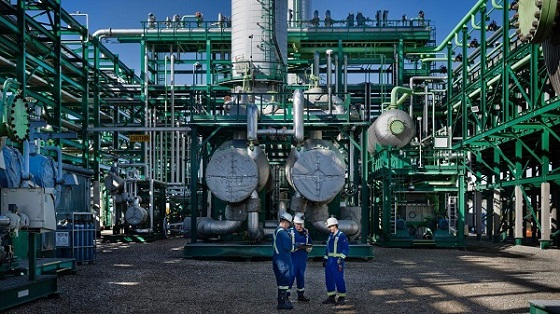
 Alberta18 hours ago
Alberta18 hours agoCross-Canada NGL corridor will stretch from B.C. to Ontario
-
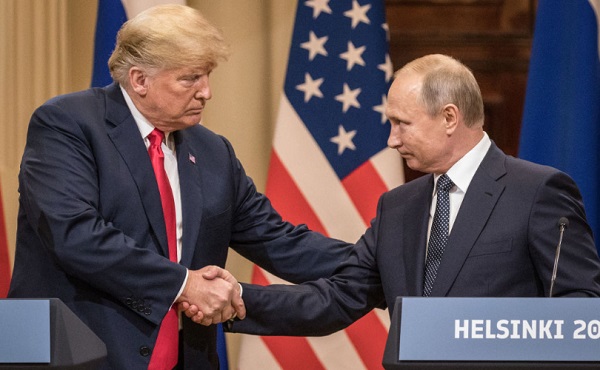
 International2 days ago
International2 days agoSupport for the Ukraine war continues because no one elected is actually in charge.
-
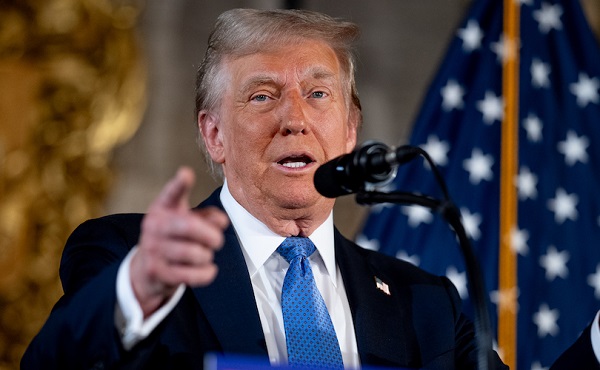
 Business2 days ago
Business2 days agoTrump slaps Brazil with tariffs over social media censorship
-

 Business2 days ago
Business2 days agoCBC six-figure salaries soar
-
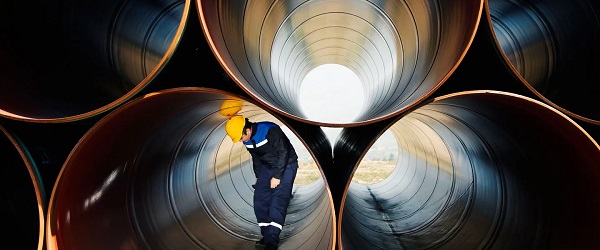
 Business19 hours ago
Business19 hours agoB.C. premier wants a private pipeline—here’s how you make that happen
-

 Addictions2 days ago
Addictions2 days agoCan addiction be predicted—and prevented?



